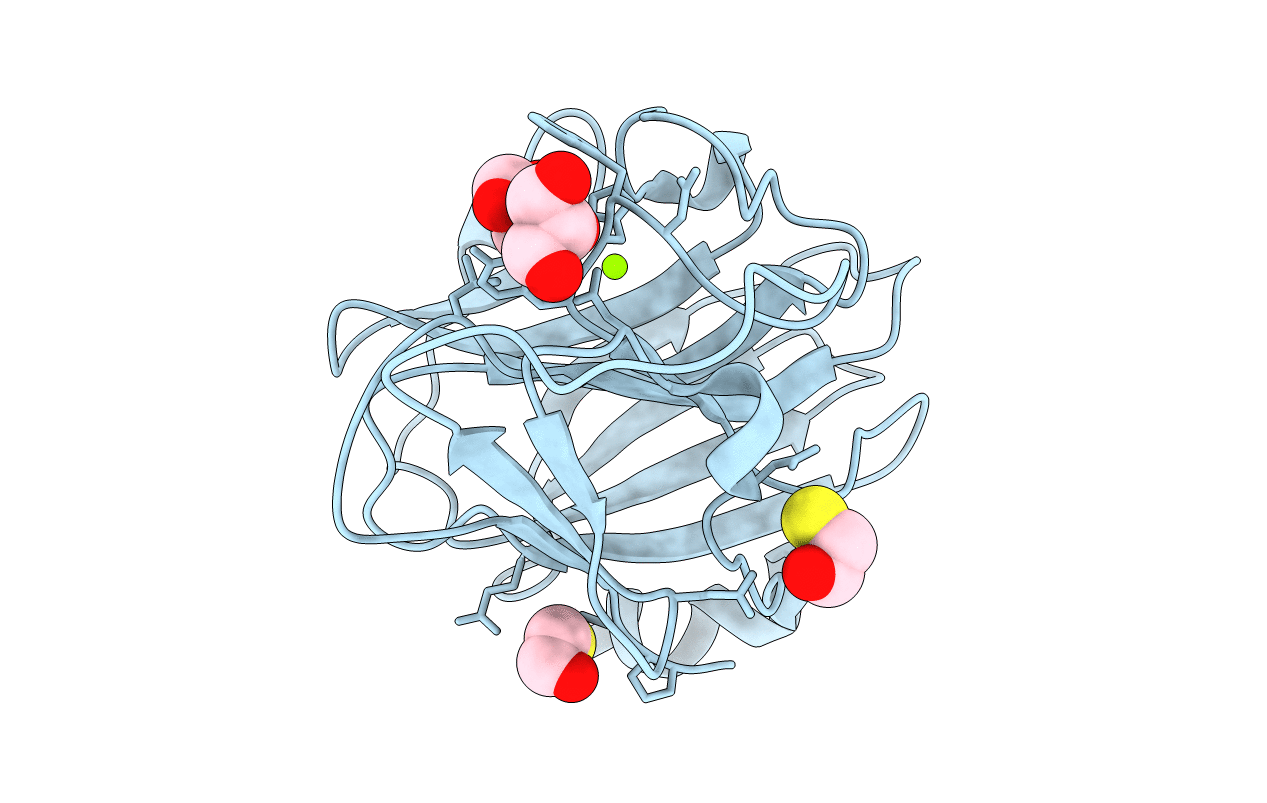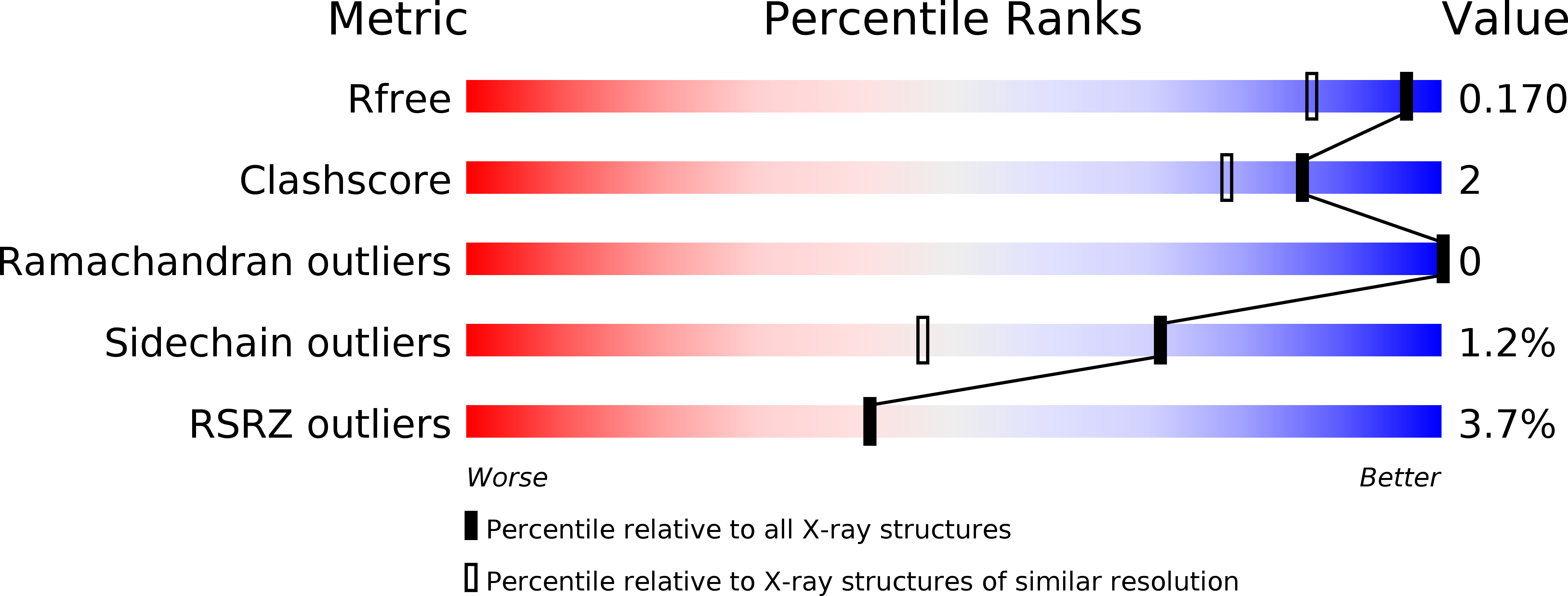
Deposition Date
2013-10-15
Release Date
2014-04-23
Last Version Date
2023-09-20
Entry Detail
PDB ID:
4N7I
Keywords:
Title:
Crystal Structure of Intracellular B30.2 Domain of BTN3A1
Biological Source:
Source Organism:
Homo sapiens (Taxon ID: 9606)
Host Organism:
Method Details:
Experimental Method:
Resolution:
1.40 Å
R-Value Free:
0.16
R-Value Work:
0.13
R-Value Observed:
0.13
Space Group:
P 2 21 21


